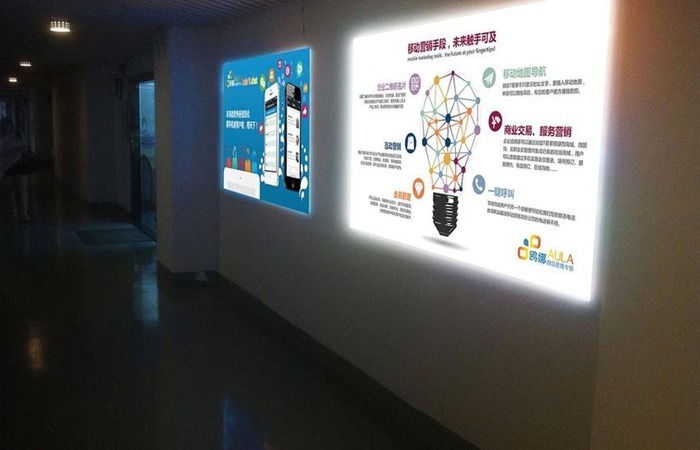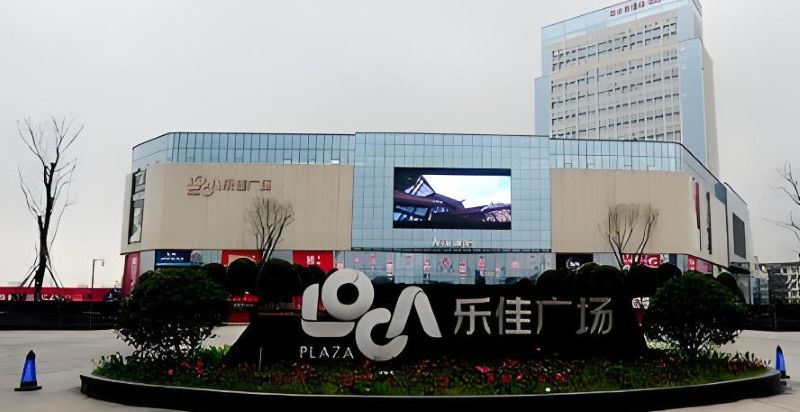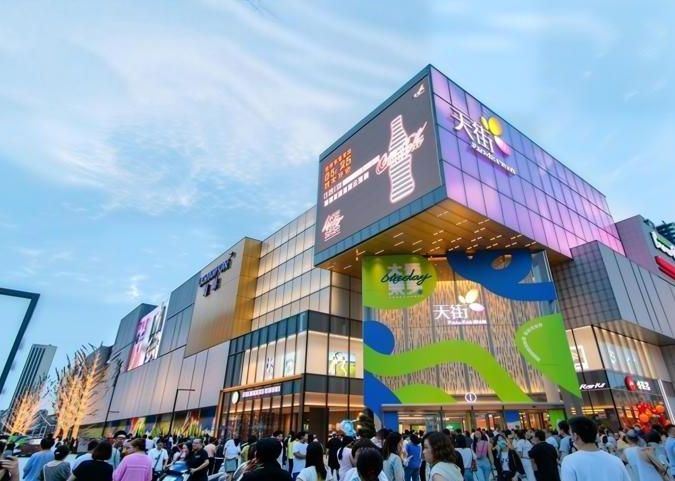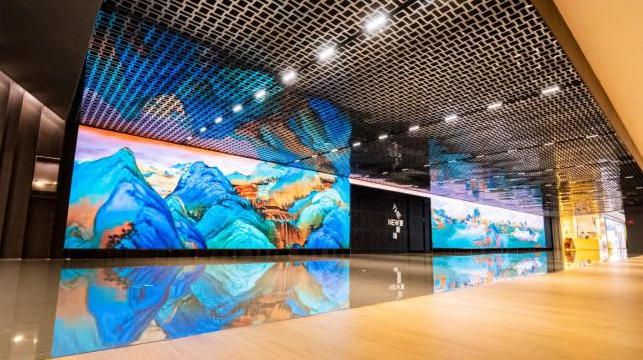Outdoor Advertising Placement Process Decoded
2025-07-07Tianci MediaViews:102
Highlights
At the intersection of city lights and human movement, outdoor advertising remains the golden battlefield for brands to capture consumer attention. But how can ads not only be seen but also effective? Mastering a scientific placement process ensures every budget dollar reaches the target audience with precision!
At the intersection of city lights and human movement, outdoor advertising remains the golden battlefield for brands to capture consumer attention. But how can ads not only be seen but also effective? Mastering a scientific placement process ensures every budget dollar reaches the target audience with precision!

I. Who Is Your Ad Speaking To? 🎯
Before launching a campaign, ask yourself three key questions:
- Is it for brand exposure (e.g., new product launches) or sales conversion (e.g., store traffic generation)?
- Who is your target audience? (Office workers, parents, Gen Z, high-net-worth individuals)
- Where do they appear? (Commuting routes, consumption scenarios, interest hotspots)
📌 Real-World Applications:
- Office workers → Subway corridors + office building elevators
- Family-oriented audiences → Community gateways + neighborhood activity boards
- Young demographics → Commercial district mega-screens + campus surroundings
II. Let Ads "Live in Users' Lives" 🌆
Not all "expensive" ad placements are worth it! True premium spots are those deeply integrated into users' behavioral scenarios.
- High-frequency contact: E.g., subway rush-hour lightbox ads
- Scenario alignment: Fitness apparel ads near gyms
- Closed-loop layout: Surround core commercial areas with an "ad network" (e.g., plaza screens + parking lots + elevators)
III. Data-Driven Decisions—No More "Guesswork" 📊
Beware of false prosperity: High exposure ≠ high conversion! Evaluate ad value using these dimensions:
| Dimension | Key Metrics | Example |
|---|---|---|
| Foot Traffic | Daily reach (people) | Commercial LED screen: 100,000+/day |
| Visibility Duration | Avg. dwell time | Subway corridors: 30 seconds/person |
| Interference Factors | Obstacles nearby | Overpasses often block ads at bridge bases |
| Media Characteristics | Communication efficiency | Dynamic LED > Static lightboxes |
📌 Cost Control Tips:
- Combine "core spots + satellite resources" to reduce unit costs
- Negotiate "pay-per-effective-impression" models
IV. The "3-Second Rule" to Capture Attention ✨
Outdoor ads ≠ offline posters! In dynamic environments, key messages must be memorized within 3 seconds.
🎨 Creative Adaptation for Different Media:
- LED Screens: Dynamic visuals + sound effects (e.g., Lunar New Year red envelope rain)
- Lightbox Ads: High-contrast colors + bold slogans (e.g., "Buy One, Get One Free")
- Bus Body Ads: Distantly recognizable logos + core selling points (e.g., "XX Tea, Second Cup Half Price")
⚠️ Pitfall Avoidance:
- Avoid complex copy (limit to 8 characters)
- Ensure font size is legible from 3 meters away

V. Details Determine Success—Compliance Is the Baseline ⚖️
- Approval Process: Prepare compliance documents (e.g., business license, content review forms) in advance
- Installation Management: Confirm setup timelines, power supply, and safety measures
- Content Synchronization: Align with online campaigns (e.g., social media hashtags)
📌 Contingency Plans:
- Maintain a backup asset library for weather emergencies (e.g., rainy-day LED screen failures)
- Use real-time monitoring systems to address complaints swiftly (e.g., excessive brightness disturbing residents)
VI. Optimize Placement Strategies with a Data Feedback Loop 🔍
Say goodbye to "black-box operations": Technology now makes outdoor ad performance measurable and actionable!
📊 Monitoring Toolkit:
- AI Visual Recognition: Calculate actual view counts
- QR Code Tracking: Monitor scan conversion rates (target >5% for high quality)
- Heatmaps: Analyze exposure intensity across time periods
📌 Post-Campaign Focus:
- Compare "CPM costs" (cost per thousand impressions) across ad spots
- Identify high-conversion hours (e.g., 7–9 PM commercial LED screens)
- Optimize creative iterations (A/B test different copy variants)

Conclusion
The success of outdoor advertising begins with precise strategy, thrives on meticulous execution, and culminates in data-driven optimization. In an era of scarce attention, even traditional media demands scientific operation. By aligning audience insights, strategic placements, and performance metrics, brands can transform fleeting visibility into lasting brand recall. 🌟















